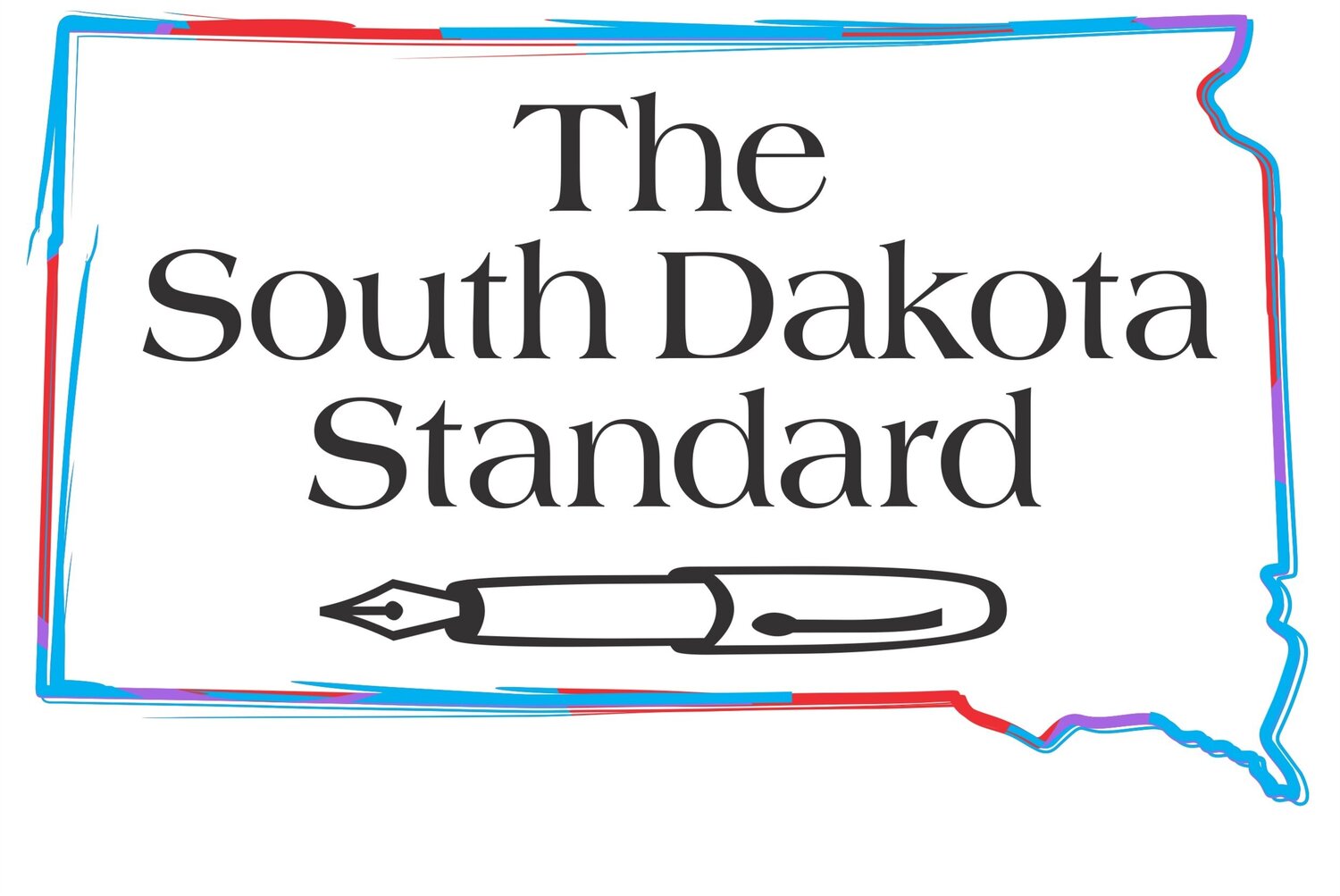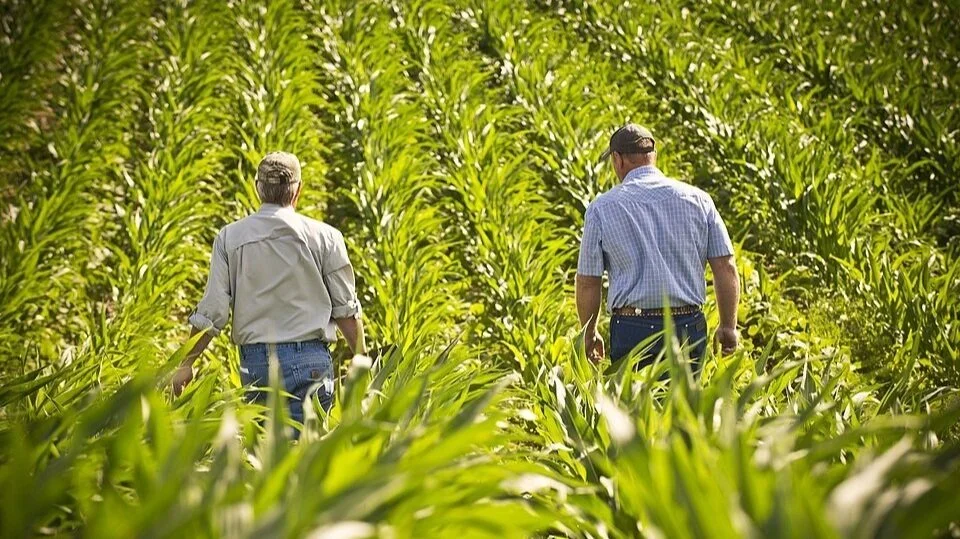Farmers are struggling thanks to Trump’s policies even as food prices at our grocery stores are going up and up
The year so far has been a tough one for corn and soybean farmers, not just in South Dakota, but throughout the country. Soybean prices are considerably lower than they were during much of the Biden administration. Same goes for corn prices.
Adding to the financial squeeze created by weak markets, the cost of farmer inputs, mainly fertilizer, just keeps going up and up. Bloomberg reports that “the sweeping effects of the president’s trade war are coming into sharper focus,” and that tariffs have delayed much-needed fertilizer imports into the U.S.
Farmers, who famously went solidly for Trump last November (the country’s top farming counties went for Trump by 78%), must either be convinced that Trump will soon be turning things around or are silently suffering some form of buyer’s remorse. Or, they may be holding on to the hope that Trump will bail them out with “mitigation payments” like he did during his first term, when his ill-conceived trade war with China created a financial crisis in the farm belt that required massive taxpayer-funded cash infusions in order to keep many producers solvent.
I’m sure a lot of Trump’s supporters out on the farm are convinced that his policies will eventually play out, and maybe they will. History makes me more pessimistic. Trump’s trade policies didn’t work for farmers during his first term and I doubt that they’ll pan out during this go-round. Trump has demonstrated to the world that the United States is no longer a reliable source of agricultural goods and the world has responded as rationally as can be expected. China, once the purchaser of massive amounts of American soybeans, has now developed reliable suppliers in South America, dramatically cutting its need for the American product.
Meantime, even while food producers are going through some rugged times because Trump hasn’t done them much good, food consumers are facing their own budgetary squeeze. Food costs are going up and continue to climb steadily. CNBC, citing the Bureau of Labor Statistics, reports that food prices in the past year have gone up 2.9%, far higher than the 2% rate targeted by the Federal Reserve Board as an acceptable level of inflation. On a personal level, when I pay nearly ten bucks for a pound of ground beef, I don’t have to search for any statistical support to tell me that the cost of food is up there – way, way up there as a matter of fact.
Addressing food prices during the campaign, Trump famously promised that “when I win, I will immediately bring prices down, starting on day one.”
So far on day 199 he has delivered the opposite, all because of his tariffs.
And, speaking of promises, I remember that early in this term Trump also said, “I love the farmers,” yet so far his tariff policies have shown them anything but love. All they’ve shown is indifference at best, contempt at worst.
In fact, all he’s shown so far is that he can create an environment that’s contra-intuitive, but real enough. The president has reduced prices for farmers and simultaneously raised food costs for consumers.
John Tsitrian is a businessman and writer from the Black Hills. He was a weekly columnist for the Rapid City Journal for 20 years. His articles and commentary have also appeared in The Los Angeles Times, The Denver Post and The Omaha World-Herald. Tsitrian served in the Marines for three years (1966-69), including a 13-month tour of duty as a radioman in Vietnam. Republish with permission.
Photo: public domain, wikimedia commons
The South Dakota Standard is offered freely and is supported by our readers. We have no political or commercial sponsorship. If you'd like to help us continue our mission to advance independent political and social commentary, you can do so by clicking on the "Donate" button that's on the sidebar to your right.







